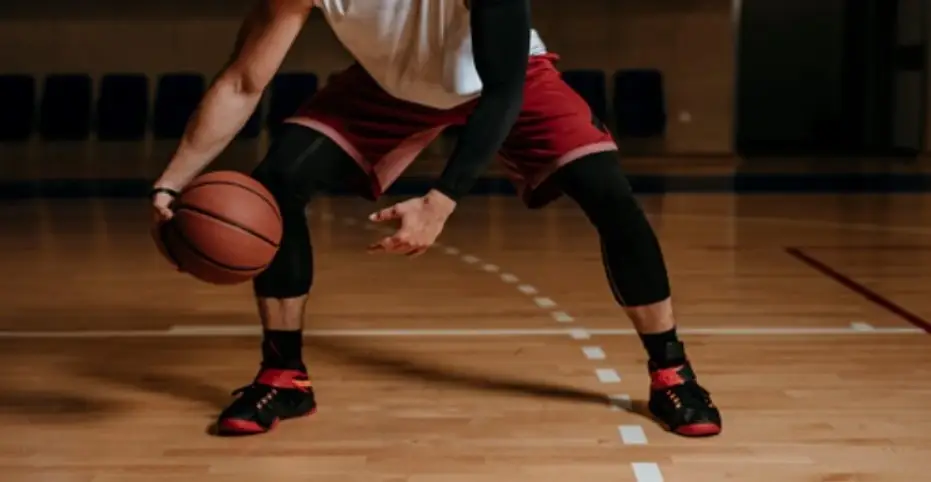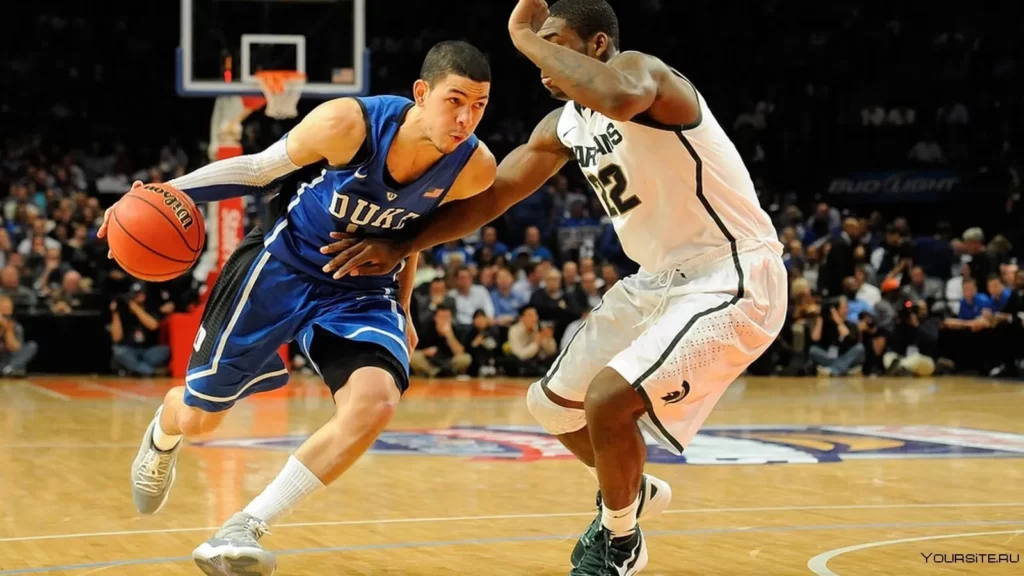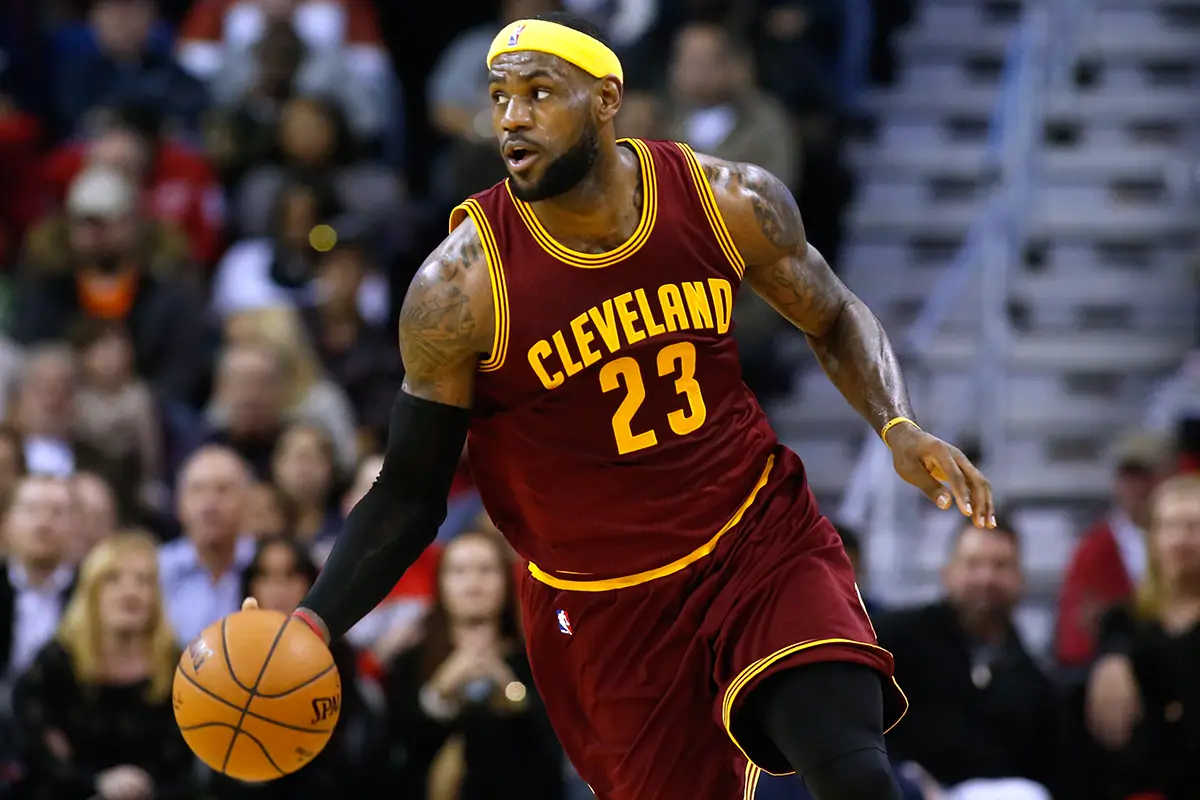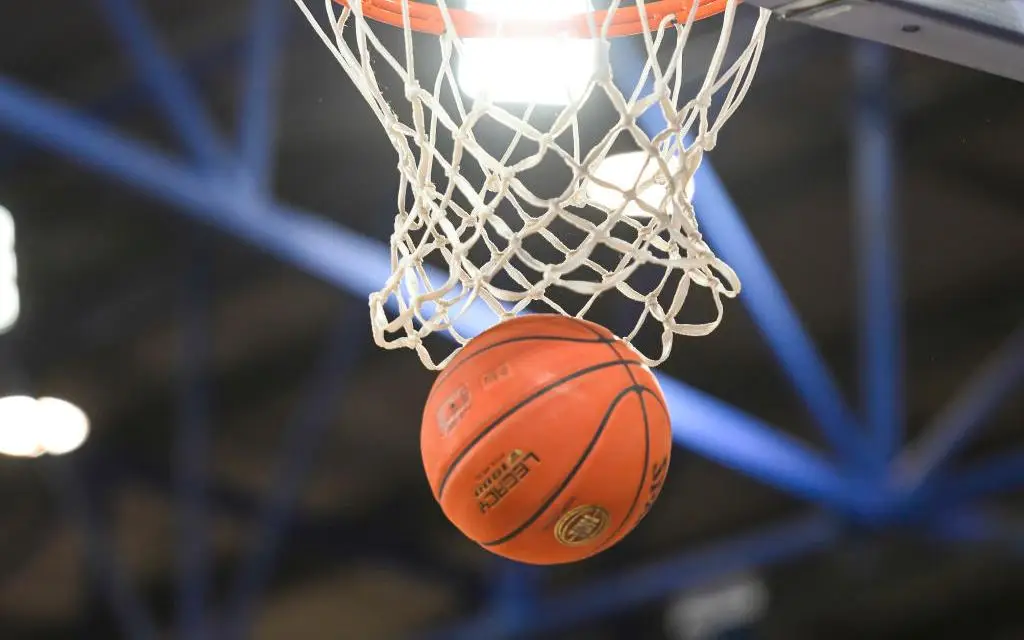Dribbling in basketball is a subtle technique that helps to keep the game under control, create moments and excite spectators. It transforms attacks into spectacular shows and is the foundation for every level of basketball player, from beginner to professional. Without good dribbling, it is impossible to possess the ball confidently, organise beautiful combinations and lead the game to victory.
Basic principles and rules of dribbling in basketball
The basis for a successful game are the basic principles that help every player to improve. The most important points are broken down here.

The importance of dribbling
Dribbling in basketball is a constant touching of the ball with one hand, with the help of which the athlete safely controls it. The player should touch the ball with the fingertips and not with the whole palm of the hand in order to feel and control it better. In the free zone, a high bounce is acceptable, but in close defence the ball should be kept low, at knee height, to reduce the chances of defenders intercepting the ball.
Basic rules of dribbling in basketball
To adhere to the rules, it is important to avoid the typical mistakes: double leading and jogging. A basketball player should lead with one hand and try not to stop halfway so as not to lose everything. The rules help to keep the pace of the game high and minimise mistakes that can cost a team an attack.
Mistakes to avoid
Dribbling mistakes can cause you to lose control of the ball and turn the game in your opponent’s favour. The most common mistakes include bouncing the ball too high, lack of control when turning and using only the strong arm. To avoid these problems, players must pay attention to their posture, position their feet correctly and learn to dribble with both hands.
Types of dribbling in basketball
There is a whole range of different techniques, each of which is suitable for specific game situations. This section introduces the different types of dribbling, from basic techniques to more complex tricks.
Classic dribbling in basketball
The basic technique that every basketball player must master. It consists of dribbling the ball at medium height with the palm of your hand so that you can control it while moving around the court. This is necessary to move forward with confidence and create opportunities for assists and shots. This style of play helps to keep the ball under control and maintain the tempo of the game.
Crossovers and their importance
A crossover is one of the most spectacular elements of dribbling in basketball. It is a quick and sudden change of direction from one hand to the other to deceive a defender and create space for an attack. Allen Iverson and Kyrie Irving became true masters of the crossover, performing incredible moves that confounded even the most experienced defenders. Crossovers are not only a technique, but also an art that makes the game more lively and interesting.
Advanced types of dribbling in basketball
There are also more complex basketball elements such as the ‘spin move’ – turning the ball on its own axis – and the ‘back dribble’ – passing the ball with your back to the hoop. These variations require excellent coordination, a sense of rhythm and self-confidence. NBA stars such as LeBron James and Stephen Curry have successfully used these techniques to create shooting or passing opportunities and leave defenders no chance.
Ball reception techniques: Highlights
 As already mentioned, ball handling technique is the basis for successful dribbling in basketball. Correct posture and the safe use of both hands will help you to achieve better results. Let’s take a closer look at the key elements of technique that will make your dribbling safer.
As already mentioned, ball handling technique is the basis for successful dribbling in basketball. Correct posture and the safe use of both hands will help you to achieve better results. Let’s take a closer look at the key elements of technique that will make your dribbling safer.
Body and hand position
To be effective, the player must adopt a stable position: Feet shoulder-width apart, back straight, knees slightly bent. The ball hand should touch the ball with the fingertips to control the bounce. This position helps you to keep your balance and change direction quickly, maintaining control even in difficult situations.
Use of the weak hand
To make dribbling basketball varied and unpredictable, it is important to develop both hands. The use of the weak hand makes the athlete more flexible and more difficult to defend. Chris Paul and many other professional basketball players show how to easily deceive defenders and change direction by using the weak hand as a pick-and-roll. Drills to develop this skill: driving on the spot, around cones and plays where only this option can be used.
Practical exercises
Constant practice of dribbling is key to improving your basketball skills. Some effective drills will help you improve:
- ‘8 around your feet”: pass the ball in a figure eight around your feet to improve coordination.
- One-handed dribbling: hold the ball with your weak hand only to learn how to control the ball in any situation.
- Dribbling through cones: zigzag through the cones while switching hands.
These drills will help you improve your technique and become a more confident player on the court.
The importance of dribbling for a basketball player
This section explains why dribbling is so important in basketball and how it helps to create chances and control the game.
Game control and confidence on the court
The ability to dribble the ball is the foundation of game control. Dribbling in basketball allows a player to find open spaces, move with confidence and create attacking opportunities. Good execution gives you confidence – if you can dribble, you feel like the boss on the court.
Creating offensive opportunities
Athletes with sophisticated dribbling techniques can easily gain space, draw defenders away and create opportunities for shots or assists. Think of James Harden and his famous step-back shots: Dribbling plays a crucial role when it comes to creating space and placing precise shots.
Competition preparation
Training helps players prepare for intense games and high pressure. By constantly practising dribbling, possession of the ball in basketball becomes intuitive, allowing you to focus on tactics and teamwork. By practising the technique regularly, the player is prepared for any challenges that may arise on the court.

Conclusion
 Dribbling in basketball is the foundation for every athlete. Good dribbling helps to control the game, create chances and move confidently around the court. Regular training, practising techniques and perfecting every element of dribbling will make a basketball player stronger and more confident. Start today, work on every detail and the results will be visible immediately – the game will be spectacular and the team will get new chances to win.
Dribbling in basketball is the foundation for every athlete. Good dribbling helps to control the game, create chances and move confidently around the court. Regular training, practising techniques and perfecting every element of dribbling will make a basketball player stronger and more confident. Start today, work on every detail and the results will be visible immediately – the game will be spectacular and the team will get new chances to win.
 en
en  de
de  ar
ar  es
es  hi
hi  fr
fr  nl
nl  it
it  pt
pt  el
el 









